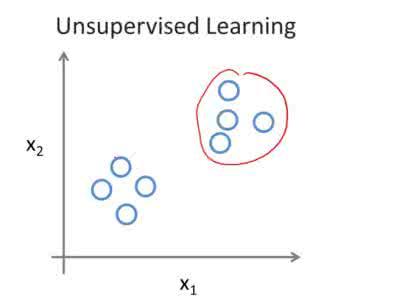Automatic discovery of category-specific 3D keypoints from a collection of objects of some category is a challenging problem. One reason is that not all objects in a category necessarily have the same semantic parts. The level of difficulty adds up further when objects are represented by 3D point clouds, with variations in shape and unknown coordinate frames. We define keypoints to be category-specific, if they meaningfully represent objects' shape and their correspondences can be simply established order-wise across all objects. This paper aims at learning category-specific 3D keypoints, in an unsupervised manner, using a collection of misaligned 3D point clouds of objects from an unknown category. In order to do so, we model shapes defined by the keypoints, within a category, using the symmetric linear basis shapes without assuming the plane of symmetry to be known. The usage of symmetry prior leads us to learn stable keypoints suitable for higher misalignments. To the best of our knowledge, this is the first work on learning such keypoints directly from 3D point clouds. Using categories from four benchmark datasets, we demonstrate the quality of our learned keypoints by quantitative and qualitative evaluations. Our experiments also show that the keypoints discovered by our method are geometrically and semantically consistent.
翻译:从某类对象的集合中自动发现特定类别的 3D 关键点是一个具有挑战性的问题。 原因之一是, 并非某类中的所有对象都必然具有相同的语义部分。 当对象由 3D 点云代表时, 困难程度会进一步增加, 其形状和未知的坐标框架会变化。 我们定义了特定类别的关键点, 如果它们有意义地代表对象的形状, 它们的对应可以简单地在所有对象之间建立秩序。 本文的目的是以不受监督的方式学习特定类别的 3D 关键点, 使用来自未知类别的对象的不匹配 3D 点云。 为了做到这一点, 我们用一个类别中的关键点定义了由关键点定义的形状, 使用对称线性基本形状, 而不假定已知的对称性平面。 使用对称性之前的用法引导我们学习适合更高比例的稳定的关键点。 据我们所知, 这是从 3D 点 点 对象云中直接学习这类关键点的首项工作。 为了这样做, 我们用四个基准数据组的类别, 并且用我们所学的定性的方法来显示我们所学的定性的方法的质量。




